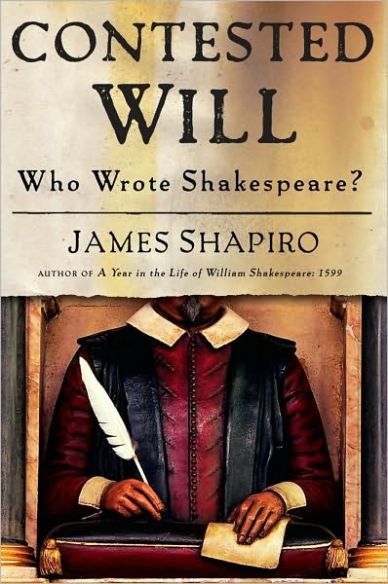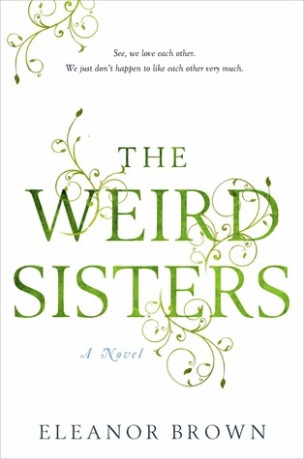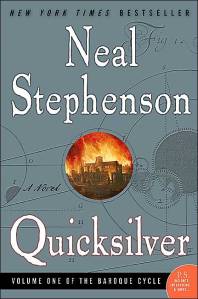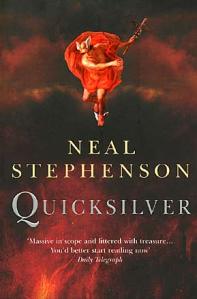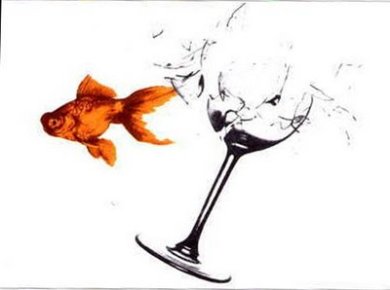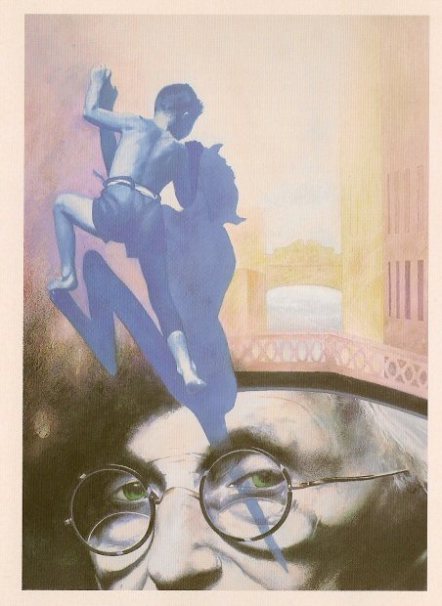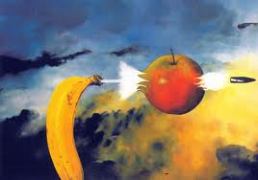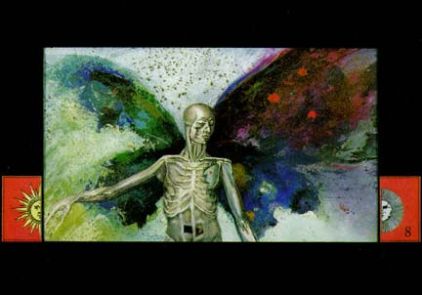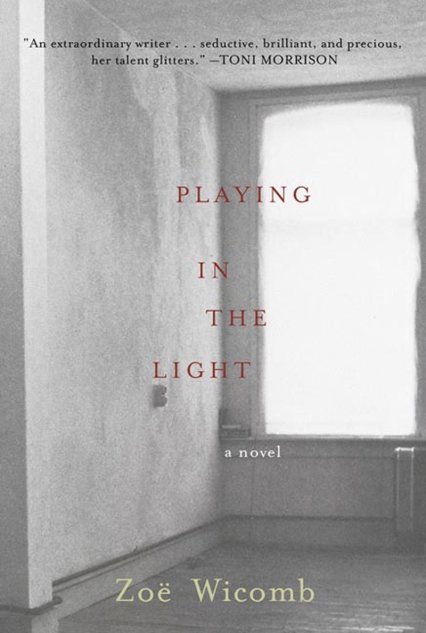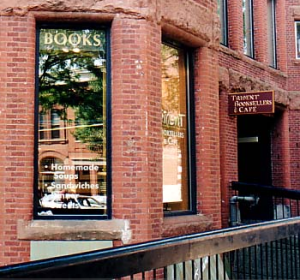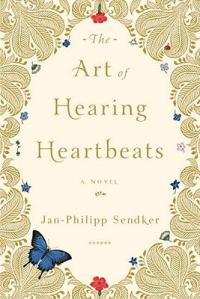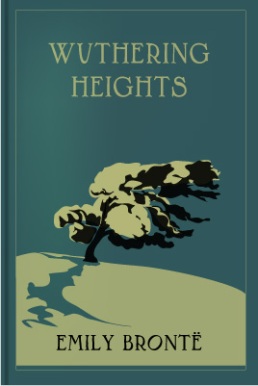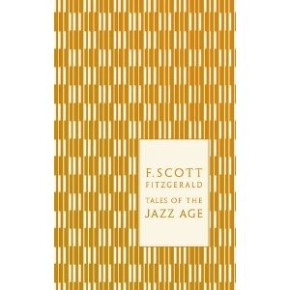I’m sure it has become abundantly clear to anyone that has read this blog that I am a literature nerd. So you may not believe me when I say that “Contested Will,” written by Columbia University Professor James Shapiro, is a phenomenal page turner. But I’m also sure that you must innately know that any book with a Shakespeare pun in its very title must be good. And this book is no exception.
“Contested Will” looks at the origin of the Shakespeare authorship debate (whether Shakespeare himself wrote the plays, whether he was a frontman for another author, or even just a pseudonym that happened to match a current actor’s name). Shapiro mostly focuses on how this debate started, who its main contenders are, and what its implications could be for the idea of “the author.”
Here are the main arguments for and against:
Arguments against Shakespeare:
- He was illiterate (as proven by the various spellings of his name in his own handwriting and because no books were listed in his will).
- There is a specific knowledge of aristocratic life and other countries in his plays, yet no evidence that Shakespeare was ever educated or ever travelled.
- There are autobiographical hints within the plays that they were not written by a boy from the country.
In Shakespeare’s corner:
- The authorship question was not posed until nearly 200 years after his death, making this (if true) one of the best kept secrets of all time.
- There is a specific knowledge of the acting company written into his plays (slips in printing that show an actor’s name instead of the character’s name – highly unlikely to occur if someone was simply using Shakespeare as a mouthpiece or a pseudonym). There are also pay stubs and references (both positive and negative) to Shakespeare the man in Elizabethan and Jacobean documents.
- It was not uncommon for someone in metropolis London to interact with people from various places, and there is no evidence that Shakespeare did not travel in the huge time-gaps in his life. We know that Shakespeare performed in the aristocratic circle, giving him the opportunity to view their ways of life. There is no evidence that anyone in Stratford was educated, not because they weren’t, but because no one started looking for the records until a century later. As for being illiterate, Shapiro points out, no one questions Thomas Dekker’s use of a huge amount of books and texts to substantiate his plays in the same period without a record of him owning books (even though Dekker was destitute and in-and-out of prison), so why question Shakespeare’s? He also comments that there were eleven different ways of spelling “half-penny” in Elizabethan England, and that there is evidence of different name spellings for every other claimant to the Bard’s throne.
While Shapiro does treat some of the more outlandish claimants with more respect than I could personally muster, I believe the real success of this book is how it shows that the authorship debate has shifted based on the changing view of “the author” since Shakespeare’s time. Shapiro does a fantastic job of connecting the different stages of the debate with the different literary theories of the time; for example, how the works of Higher Criticism (that brought down the idea of Homer as a blind poet and instead proved that the works attributed to him were likely a conglomeration of many different poets) influenced Delia Bacon’s thinking as she became the first to attack Shakespeare as “the author.” How the invention of Morse code and cyphers led many to begin reading Shakespeare’s plays as autobiographical and wrought with hidden meaning. Or how Mark Twain’s doubts stemmed from a type of Realism, as Shapiro states, “For Twain, the notion that great writing had to be drawn from life – rather than from what an author heard, read, or simply imagined – was an article of faith, at the heart of his conception of how serious writers worked.”
Shapiro, of course, concludes that Shakespeare did in fact write the plays. I commend him greatly on keeping from snickering or cringing at some of the arguments made against the Bard (although on the more elitist arguments, even I began to crave some finger-pointing). The book was so easy to read that no amount of Lit courses would be necessary to follow its arguments, and the anecdotes that Shapiro includes are priceless. If there is one non-fiction book that you ever read on Shakespeare, I hope it is this one.
And as my nerdiness for the day concludes, I will leave you with one anecdote of my own:
In 2011, I was with friends at the Boston Commons to see a performance of Othello. We were chatting with a couple seated next to us, and when I told the woman that I studied Shakespeare at university, she leaned in closer. “You know,” she said, “he didn’t actually write the plays.” “Oh?” I answered. She nodded, looking terribly serious. “Mhmm. Queen Elizabeth actually wrote them, and Shakespeare was her bastard son, so she gave them to him to publish!” I stopped talking to her after this, but I couldn’t help but notice how very much she enjoyed the play – laughing at Bianca and crying for Desdemona. And even though she didn’t believe in the Bard, I suppose he still had his victory that night.
